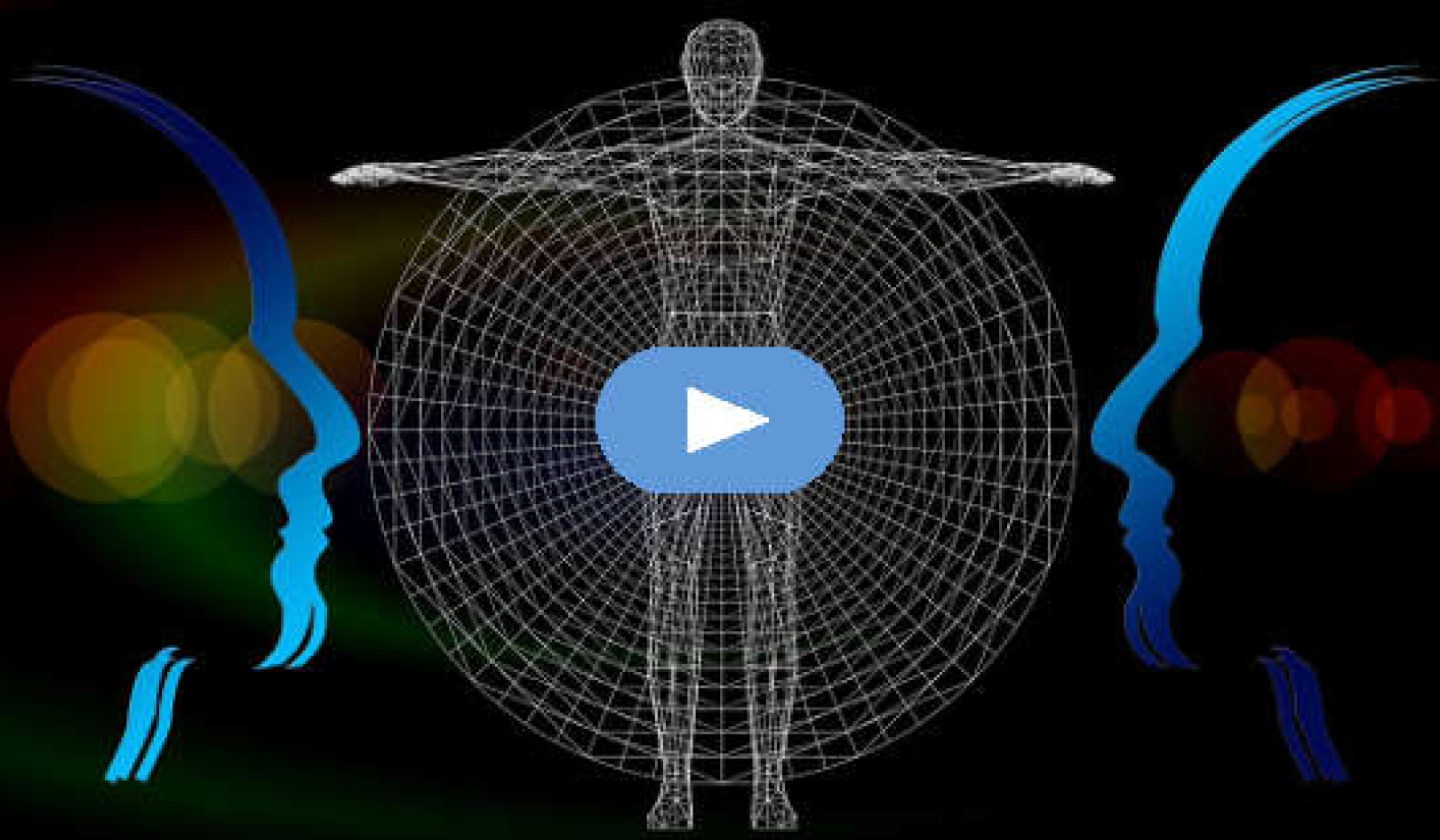As a child, lying in the back seat of my family's car as we drove by night, I would watch the illusion of the Moon flying along behind the telegraph poles, the wires, and the trees. Because of my perspective, it seemed as if the Moon was the fastest flying object that I had ever seen in my life. The image was so powerful, and I had spent so long looking at it from inside the car, that lying in bed, my eyes closed, I could still see it speeding across the sky. Even now, decades later, I am surprised as I look at the night sky that the Moon is so still.
Yet she is still, and her stillness is strangely haunting. Here in the black sky is this strange creature, sometimes invisible, then coyly revealing herself, a sliver of silver light growing to become a full translucent orb. And then she retreats again, withdrawing her gentle revelation.
The Moon evokes poetry and my attempt above at a few lines of poetic prose demonstrates that I too am seduced, by its mystery. The light which the Moon shines, reflecting the Sun, has a strange silver quality that clothes any object on which it falls with an unusual and suggestive silver-gray veil.
The night is black without the light of the Moon -- but even with that light, there are silence, shadows, and a silver translucence. It is no wonder that mythology veils the Moon in female shrouds. This shimmering, watery appearance hints at other influences. And these influences are very real.
The magnetism of the Moon draws and controls the tides of the Earth's oceans. This magnetism, in fact, has an effect on all water wherever it is found. The magnetic pull can be felt by all living beings because their bodies all contain water. Whether the pulling sensation is recognized or not depends upon the species. Certainly there are many animals and small creatures who time their growth and migrations according to the lunar influence. This influence is also substantial upon the plant world. Gardeners through the ages have realized that planting, pruning, and cultivating can be enhanced by recognizing the effect of the lunar rhythm.
There is also the definite influence which the lunar cycle has upon the human psyche. Scientific psychological studies have demonstrated the powerful effect of this cycle upon human behavior -- the full Moon coinciding with more extreme anxiety, tension, sensitivity, and other pathological conditions. Stories of werewolves are symbolic of the fact that at the time of the full Moon it is more difficult for people to keep their shadow aspects disciplined, repressed, or sublimated.
The hidden reason for its heightened psychic activity has always been known to students of esoteric philosophy. In the same way, the Moon magnetically influences water, so it also affects the more subtle or etheric body of the human being. The full Moon increases the vibratory rate of the etheric body. This is experienced by many people as a direct physical sensation that makes them, on the positive side, more physically speedy and energized, and on the negative side, more anxious and nervy.
This increase in the vibratory rate of the etheric body is extremely important because the etheric body connects the dense physical body with all the more subtle planes of existence. And it not only connects the physical body with the inner planes, it also acts as a protector and filter. This is especially important in relation to the human brain and nervous and glandular systems.
The human brain, the nervous system, and the glands which feed the endocrine system are all interwoven and protected by etheric webs. These webs, which are similar to spiders' webs, act as protective filters, blocking or toning down energy from the more subtle, higher-vibrational inner planes. This means that no inner plane energy or information can anchor down into the human body, particularly into the brain, nervous and glandular systems, without passing through the etheric webs. More than that, the different regions of the physical brain itself, each with its own specific function, are divided from each other by etheric webs. These internal webs prevent information from spilling over from one region of the brain into another. This is vital to mental health, particularly in the areas of the brain which are concerned with unconscious and subconscious dynamic.
To maintain psychological stability, it is crucial that the different types of information in the various regions of the brain do not bleed into one another. The whole brain itself is protected by an etheric web. When the etheric webs of the brain vibrate faster, they become more elastic and allow more information to pass through them. This is precisely what happens at the time of the full Moon: the etheric webs are influenced by the Moon, vibrate faster, become more elastic and allow more inner energy and information to flow through into the human brain and nervous system.
Thus, at the full Moon, an individual may find her/himself prey to a flow of subconscious thoughts and information that may be quite overwhelming. The individual also finds it easier to anchor down, in full self-consciousness, more information and impulses than usual from the inner spiritual world. All this means that the full Moon is a time of increased sensitivity and psychic activity. At the time of the full Moon, the veil between the two worlds thins and opens.
One can see from all this how the effect of the lunar rhythm is essentially inner and subjective. There is a natural inner cycle of reflective or passive contemplation when the Moon is dark, leading up to a peak of active inner and meditative work when the Moon is full.
For many thousands of years, mystic workers have intensified their spiritual work at the time of the full Moon. This ongoing work over such a long period means that a rhythm and pattern have been created in the inner planes, so that when we choose to work at these times, we slip into their pattern. Slipping into their patterns, our work is made much easier. Like geese flying into the slip stream of the V-shaped flock, we find that our path is made smoother, and in this case deeper, by those who have gone before us.
Like most of us, I was a sensitive and imaginative child, and lived naturally in a multidimensional world. This world was filled with other beings and consciousnesses, and I was aware that different levels of being existed simultaneously with the one that I could see with my eyes and touch with my hands.
As I grew older, I gained an increasing concern for social and natural justice and I became a political animal looking for action to redress the injustices and ills of the planet -- and for a while I forgot about the inner world I had known as a child. Then, in my midtwenties, that other world began to resurface in my consciousness, and in order to explore it fully, I began to turn within. It was a natural instinct that led me into meditative silence and into contemplation of the invisible cosmos.
The political activist became a mystic. Yet I retained my sensitivity to the problems of the real world. Retaining this political awareness, I was acutely conscious of accusation that I was self-obsessed, studying my navel, and of no use to man or beast. This has always been the accusation of the worldly activist against the mystic: You do nothing!
In my experience of contemplative silence, however, I knew that the accusation was unfounded. Here, in the invisible silence, was the true world of causes. My dawning understanding of this reality was empowered by my reading of esoteric and spiritual philosophy where it is taught that it is the inner, invisible, multi-dimensional world which is the real "real" world. What we see and touch and hear and smell and taste -- this three-dimensional world -- is but the appearance of the inner dynamic realities.
This inner world is one of energy that anchors down into the form and actions which we see around us. What students of esoteric philosophy have always known is that through inner work, it is possible to influence the outer visible world. An individual's feelings, attitudes, thoughts and inspirations affect the world just as much as her physical actions. All matter is electromagnetic energy and it can be directly influenced by what we feel or think. The energy of our feelings and thought continues; it does not simply evaporate. Furthermore using our active imagination and concentration, we can direct feelings and thoughts. In the words of the famous adage: Energy follows thought.
All of this is crucial for the mystic or inner worker who is concerned with the world around him, for it means that he can work, in silence, to affect that world. Sitting quietly, good energy, "good vibrations," can be radiated and directed to situations that require it. Even more effectively, the inner work can attune to sources of pure healing and love and then invoke love and healing to channel and radiate it.
Many people with a regular meditation practice include in their meditation a period which is devoted to radiating a healing and blessing. Of course, in many ways meditating itself is a blessing for it imparts a vibration of calmness and peace into the surrounding environment.
At the full Moon, inner and meditative work is much easier for us. It is, therefore, the perfect time for an increased focus on spiritual service -- the service of working with pure sources of energy to heal and facilitate the growth of all life on Earth. The dark Moon, on the other hand, is a time for deep meditative study and contemplation. It is a time for musing and for careful introspection. It is a time of investigation and reflection.
The sight or sense of the first thin crescent of the new Moon triggers us into gear for a more active phase. Our focus becomes more outgoing and expansive. Then, as the full Moon approaches and our sensitivity begins to increase its vibration, we are called fully to the work of dynamic service.
 This article was excerpted from the book:
This article was excerpted from the book:
Sacred Times: A New Approach to Festivals
by William Bloom.
Published by: Findhorn Press, The Park, Findhorn, Forres IV36 OTZ, Scotland. http://findhornpress.com
 About The Author
About The Author
The above is excerpted from Sacred Times by William Bloom, published by Findhorn Press. William Bloom is a writer and teacher who integrates the wisdom of the ancient mystery traditions with a modern approach to personal growth and social change.






















